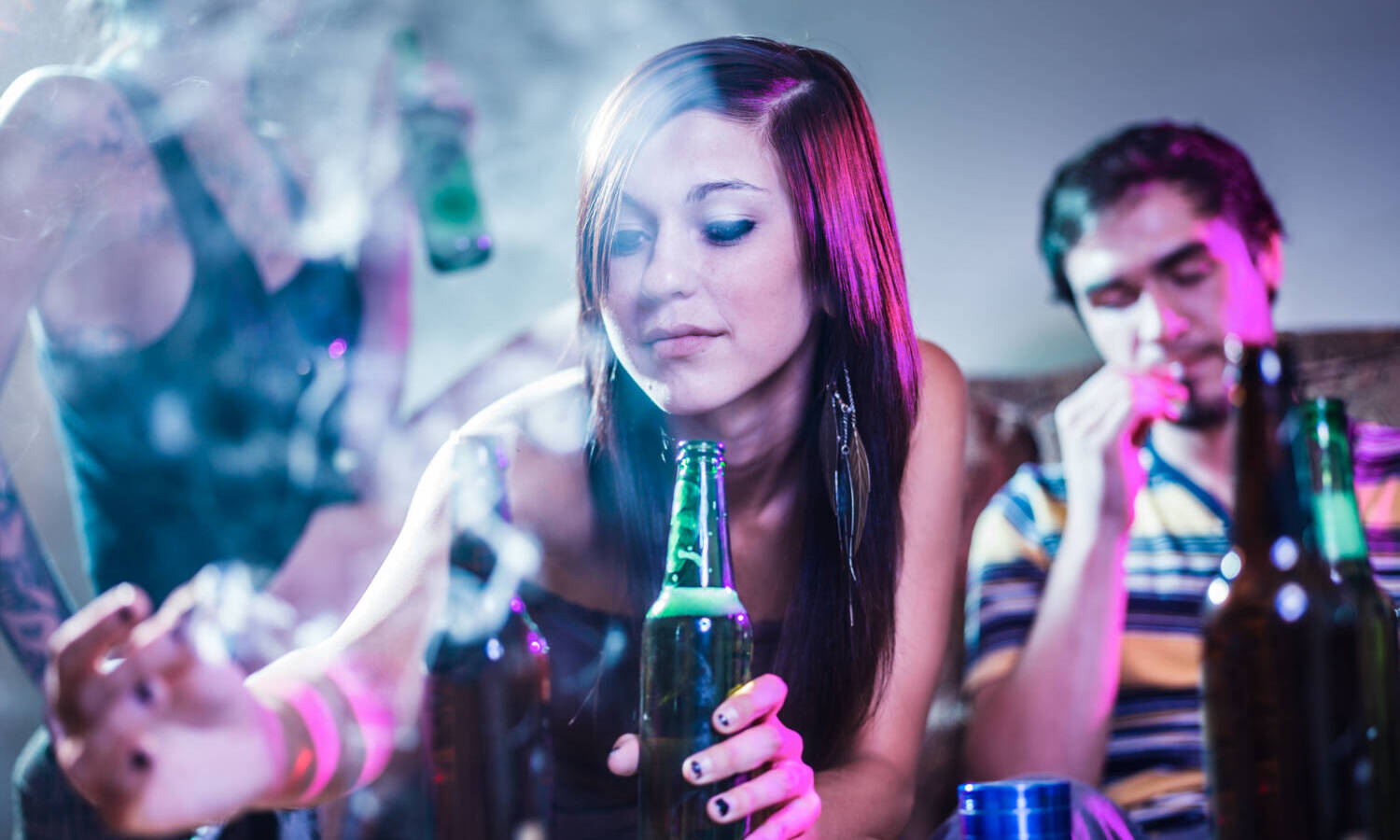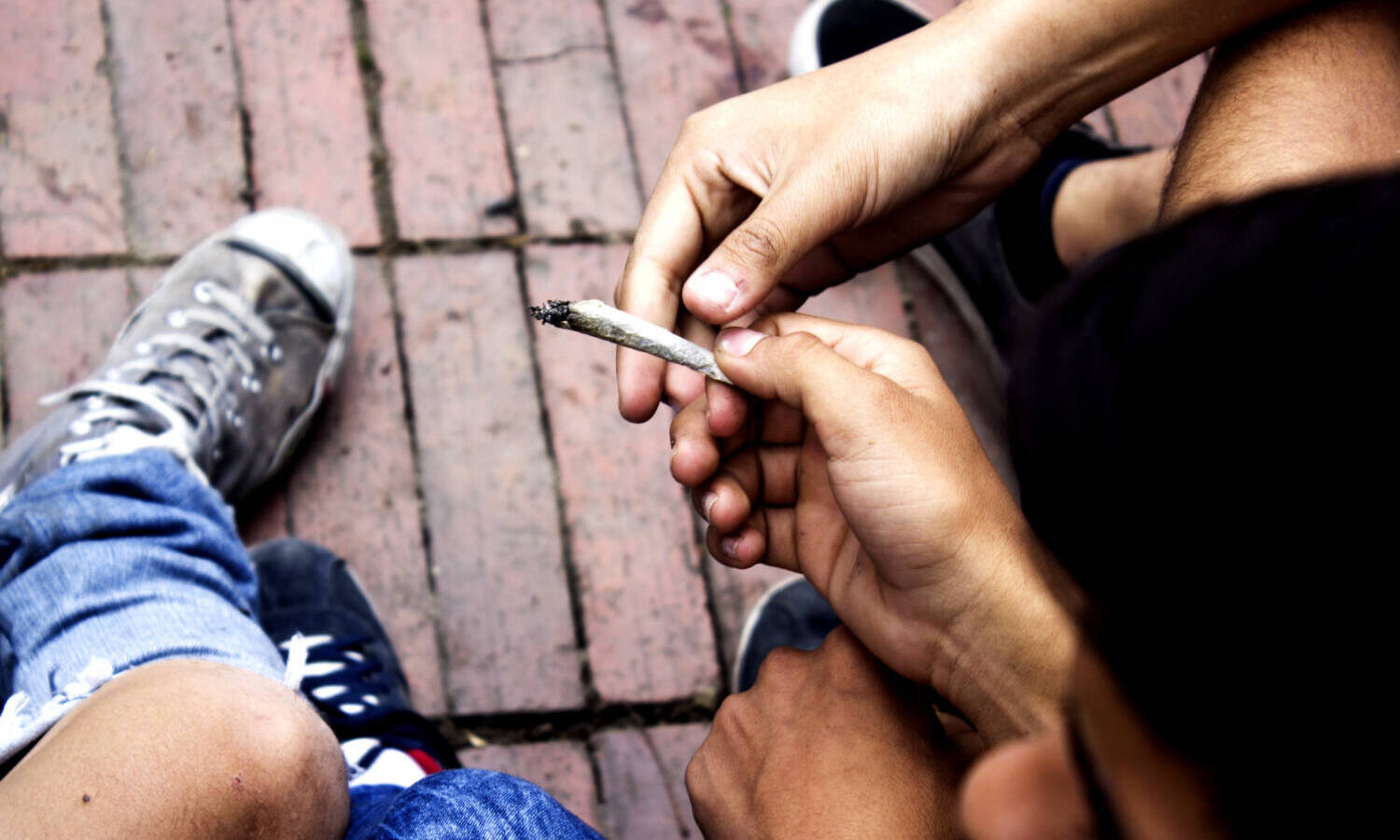
Nicotine, weed or alcohol? This is the most common substance used by teenagers
By Maureen Meehan
Vaping nicotine has become the most common form of substance use among young people, according to a long-term national study led by researchers from the University of Michigan.
In the last four years, nicotine vaping has surpassed alcohol and cannabis use among eighth-graders, said Richard Miech, principal investigator on the Monitoring the Future study.
In 2022, 7% of eighth graders had vaped nicotine in the past 30 days, compared to 6% of alcohol users and 5% of cannabis users. In 2021, the numbers between nicotine vaping and alcohol consumption were the same among 10th graders, Miech said, but in 2022 nicotine vaping was growing in this group.
“It’s the first time we’ve seen in both eighth and 10th graders where nicotine vaping outperforms all other forms of substance use,” Miech said.
Photo by whitebalance.oatt/Getty Images
Vaping hit a peak in 2018-09
Vaping nicotine was first included in the Monitoring the Future study, which began nearly half a century ago in 2017 and peaked in 2018 and 2019, the most notable spike in any substance user in the history of the study.
“These were the biggest increases we’ve seen in 48 years for any compound we’ve ever tracked,” Miech said.
In 2019, Michigan’s then-Chief Medical Executive declared a public health emergency over the increasing use of e-cigarettes by teens. Gov. Gretchen Whitmer’s administration was the first in the nation to commit to dealing with the increase.
RELATED: Cannabis vaping among teens higher than ever, especially among high school seniors
Tobacco vaping among young people plateaued in 2020 and declined in 2021 and 2022, as did the prevalence of alcohol and cannabis use. The break-in happened during the COVID-19 pandemic when students were visiting the school remotely, Miech said.
“School is a pretty big risk factor for substance use,” Miech said. “That’s where the older kids who use substances are, encouraging the younger kids to use them, and that’s where you can get substances from your schoolmates.”
 Photo by Daniel Garzón Herazo/EyeEm/Getty Images
Photo by Daniel Garzón Herazo/EyeEm/Getty Images
Another explanation is that vaping brand JUUL has been accused of marketing it to children by making flavors like bubble gum, mint and chocolate appealing to young people.
RELATED: Will Marijuana Legalization Increase Alcohol Use? A new study might surprise you
“The US has banned such flavors in cigarettes precisely because they attract children,” Miech said. “In 2018 and 2019 there were no such bans on flavors in vaping devices. Nowadays, the FDA (Food and Drug Administration) is working to enforce such a ban on vaping products, although you can walk into any gas station or drug store and see that all types of vaping flavors are still available.”
This article originally appeared on Benzinga and has been republished with permission.

Post a comment: